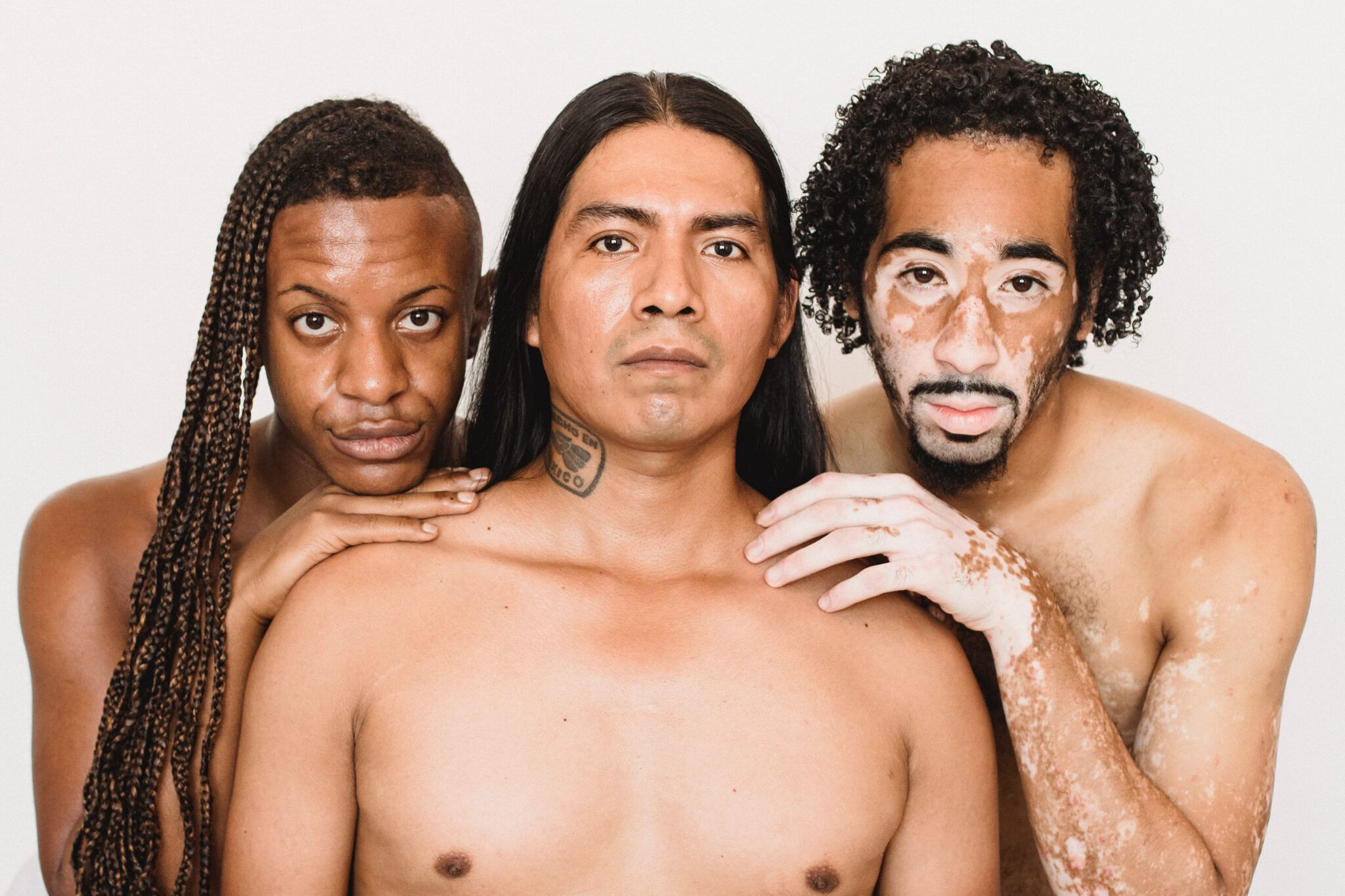Keys to Inclusive Marketing
August, 2022
Although brands are increasingly focusing on more inclusive marketing, increasingly diverse consumers expect brands to follow through on these promises beyond their brand strategy.
Any day, up to 10,000 discrete advertisements reach consumers during their waking hours. In return, they expect more from these messages than just details about the latest seasonal sale. Instead, consumers, especially the youngest generations, question whether a brand publicly and privately supports diversity and inclusion, and this is becoming crucial to brands.
If brands expect to connect with future customers effectively, as the consumer population diversifies by race and ethnicity, sexual orientation, etc., brands must authentically reflect a range of backgrounds and experiences within their messaging. For example, in Deloitte’s survey of 11,500 global consumers, they found the youngest respondents (from 18 to 25 years old) took more significant notice of inclusive advertising when making purchase decisions.
What’s more, when they examined the US results by race and ethnicity, respondents were up to 2.5 times more likely to be aware of a brand promoting diversity if they identified as Native American or Alaska Native, Hispanic American, Asian or Pacific Islander, Black or African American, multiracial or biracial.
But it’s not enough to market inclusiveness or diversity. 57% of consumers are more loyal to organizations that commit to addressing social inequalities in their actions. Moreover, appealing to the loyalties of future customers can require brands to show they are promoting fair outcomes in all their spheres of influence:
- hiring and retention
- using diverse suppliers
- marketing products for users of differing abilities
Data tells us that high-growth brands (with an annual revenue growth of 10% or more) are more frequently establishing KPIs for diversity, equity, and inclusion objectives than their lower-growth competitors.
Inclusive Marketing Built on Authenticity
These outcomes reflect the contours of a changing society. The white population in the US has declined for the first time in history. People who identify as Hispanic, multiracial, and Asian drive much of the population growth. A 2021 Gallup poll shows that LGBTQ identity has risen from 3.5% in 2012 to 5.6% in 2020. The World Health Organization reports that 15% of the world population lives with a disability—seldom featured in advertising.
Many of these developments should inform how brands speak to younger consumers, especially Gen Z. Overwhelmingly, 94% of Gen Z expects companies to take a stand on relevant social issues, and 90% say they are more willing to make purchases that they deem beneficial to society. Generating loyalty within Gen Z also requires authenticity; these younger consumers will notice if brands aren’t making a genuine, holistic effort to live diversity, equity, and inclusion values.
Committing to battling social inequities and championing diversity, equity, and inclusion is a gateway to growth. The highest-growing brands are committed to equitable outcomes across all their areas of influence—from their workforce and marketplace to society—in ways their lower-growth peers are not. They measure their diversity, equity, and inclusion efforts holistically and do it often in almost all areas compared with low-growth organization.
How Marketing Can Elevate Brand Equity
Consumers want to support organizations that represent them and their values. And brands that have made diversity, equity, and inclusion efforts a core priority also understand that it’s just as relevant to feature representation in public as it is behind the camera.
How can marketing and communications help to do this?
- Ensure teams and suppliers reflect your market. Teams that closely reflect the targets they serve can reduce the cultural and demographic distance between the brand and their target market.
- Bring diverse voices back to the organization. As CFOs are often the first line to the customer, they should use that position of reach to continuously monitor and bring the needs of underrepresented communities to their organization—and feature those voices and faces in campaigns.
- Make your commitments measurable. Ultimately, no amount of brand messaging can help a brand overcome the hurdle of being labeled dishonest. One way to solve this is to ensure that diversity, equity, and inclusion goals are not just checking a box but creating tangible, measurable outcomes.
Future generations and diverse populations expect more from brands. Simultaneously, the highest-growing brands are reducing the demographic and cultural distance between the composition of their teams and the target markets they aspire to reach. Marketers can help their organizations not only sharpen their messaging but also support a brand’s transformation to a more equitable, diverse, and inclusive entity, thereby supporting their brand identity with authenticity.

Regular Animal is a Miami-based creative agency dedicated to create content that makes exceptional brands shine. We bring your brand to life through Right Thoughts, Right Words, Right Actions™—inspiring branding, sleek graphic design, user-friendly websites, and compelling copywriting.
 Skip to main content
Skip to main content
